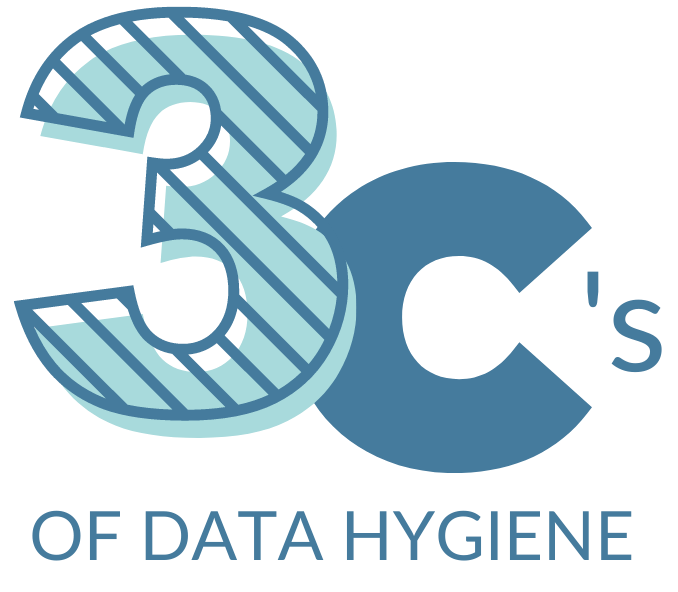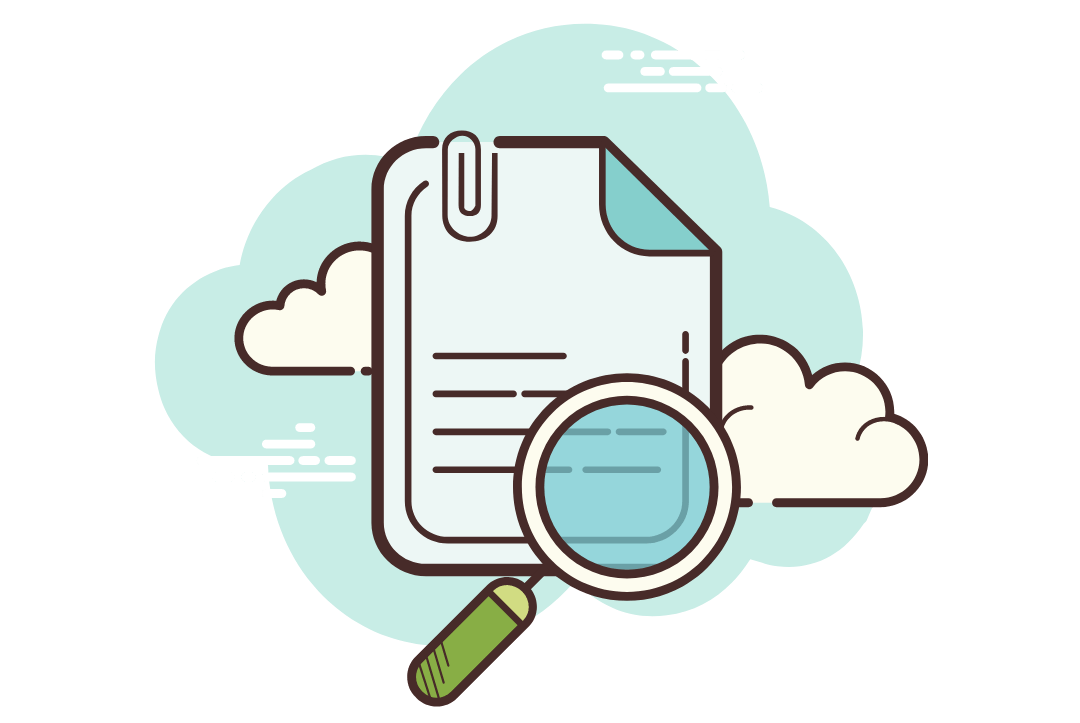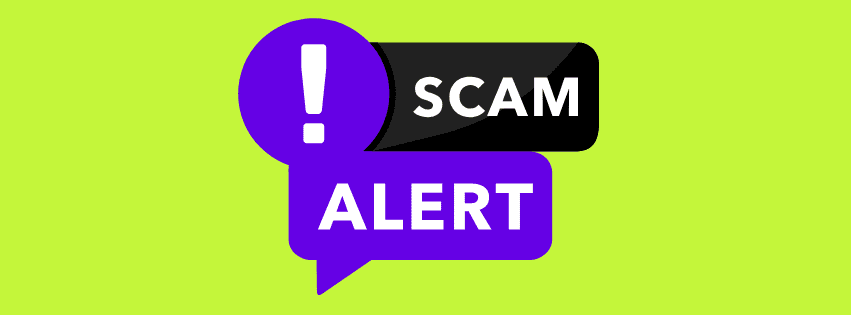Cleaning Up with Data Hygiene
Data hygiene often gets lost in the shuffle. After all, most databases have to deal with both new and old data, making it easy to forget about data maintenance and hygiene.
Of course, if you leave data hygiene for too long, your records may be difficult to access, hard to interpret, and filled with unnecessary and irrelevant information. Maintaining good data hygiene is critical for all kinds of data and digital records and makes it easier to use data effectively.
What is Data Hygiene and Why is it Important?
There will always be more data, so good data hygiene can mean a wide range of things depending on why you’re cleaning your data. A large part of data hygiene can indeed be deleting unneeded or unwanted data, but there’s a lot more to it than that.
Data hygiene can also mean organizing your data so that it’s easy to find what you need in the different documents, files, and folders. Organizing by date, contents, and other easy markers can be an excellent way to maintain data hygiene, but every person and business may need a slightly different technique.
It’s also important to consider the integrity of your files. Digital information degrades over time, so you need to access your data regularly enough to make sure it’s not showing signs of corruption or other alterations.
Using data maintenance tools is also a critical part of data hygiene. When issues and changes occur at a code level, built-in tools are a fantastic way to help repair the information so that it doesn’t degrade any further.
The combination of all of these tasks is critical to good data hygiene. Data hygiene can be a time-consuming task, but it’s every bit as important as maintaining up-to-date records and making sure important data is preserved in the first place.
Who Needs To Practice Data Hygiene?
It might seem like data hygiene is only important for large digital projects, corporations, libraries, and archives, but the truth is that almost everyone who keeps information stored digitally should practice good data hygiene.
That means that almost anyone who uses a computer, whether at home or for work, should know the basics of data hygiene and how often to go in for data clean up and maintenance.
Data Hygiene for Individuals and Homes
Data hygiene for individuals and homes usually means keeping important tax documents on record and organized, organizing family photos, and maintaining any digital copies of important documents like medical records.
Keeping these documents organized, clearly labeled, and checking for signs of possible corruption is essential for everyone. It’s also a good idea to make sure your data is backed up so that you have multiple copies and delete unnecessary data so that it doesn’t make it harder to find the information you need when you need it.
It’s also important to make sure all your family members have copies of their important data as part of data hygiene. That way, you each have the records you need without needing to go to a record-keeping family member to get it.
Individuals and families should perform data hygiene about once a year, at minimum. The more data you have, or the more complicated your data is, the more often you should do data maintenance and check your data hygiene.
Small And Medium Businesses
Businesses typically have a lot more data than individuals or families, which means that data hygiene is even more important and that you’ll probably want to be a little more thorough when it comes to taking care of your data.
Just like individuals and families, the first thing you want to check on is whether your company’s data is well organized and easy to navigate. Create and maintain additional folders as needed. It’s common for businesses to need new folders every month (maybe even every day or every week), depending on how much information you’re tracking.
Businesses should keep track of tax records, business expenses, customer information, receipts, sales figures and profits, employee records, and other critical information. That means you have a lot of paper, documents, and spreadsheets to manage.
Ideally, data hygiene should be a regular part of every data maintenance routine. However, small and medium businesses should check file integrity and data organization a few times a year at a minimum. That way, you have the opportunity to arrange information into months, financial quarters, and years for easier access later.
Large Businesses and Corporations
Large businesses and corporations should have a team of data managers and specialists who take care of data hygiene as a regular part of their maintenance routine. This is critical because managing data well and efficiently requires good data hygiene at scale. Data hygiene is also essential at this point because individual pieces of data are more likely to degrade and corrupt when they are being stored with a large amount of data, especially if that data is accessed, changed, saved, or rearranged often.
At the corporate level, data hygiene also works to preserve space on your servers. Too much data can be just as much of a problem as too little, and good data hygiene can keep your servers in better shape and gives you more information storage over time.
Maintaining good data organization, cleaning unneeded data regularly, and maintaining the integrity of individual files and spreadsheets will all help your business run more smoothly and efficiently.
For large businesses and corporations, data hygiene should happen regularly. Some files will need to be organized, purged, and restored daily, which is why having a data management team in addition to your data analysts and other specialists is essential for larger businesses.
Data Hygiene Tips, Tricks, and How-To’s
The 3 C’s Of Data Hygiene
Clean, current, and compliant. These are the three C’s of data maintenance and data hygiene. High-quality data isn’t just collected and left alone, and it needs to be more than simply accurate.
1. Clean: Clean data means that there isn’t extra data included for no reason. Cleaning data can also refer to eliminating errors and coding problems, as well as replacing corrupted files with clean copies for better preservation.
2. Current: Current means that data should be as up-to-date and recent as possible. In an individual sense, current data might mean updating your medical records after every doctor’s visit.
For scientists, current means using the most recently collected data and ensuring a more recent study or experiment hasn’t replaced it.
For businesses, current means having the latest figures on business performance, profits, and needs as soon as they are available. Depending on your business, ‘current’ data might be weeks or months old, or only minutes.
3. Compliant: Compliant has different meanings in a different context, but the most common is the data compliance requirements for businesses. Businesses that operate in the EU are required to meet a specific set of data standards, called the General Data Protection and Regulation, or GDPR. It’s a good idea for all businesses to be compliant with this standard, but for businesses that are required to maintain certain data standards, there are actually fines and other consequences for failing to maintain your data properly.
There isn’t currently a GDPR equivalent in the United States, but it’s likely that there will be soon. That’s because one of the key reasons for the GDPR is that maintaining compliance also greatly increases your business’s cybersecurity.
Given the recent rise in cyber-attacks, particularly the increase in ransomware attacks against business data networks, data compliance is a critical part of good business practice and good data hygiene.
Keeping Data Organized
Implementing a data organization system isn’t all that difficult, but maintaining that organization can be. Keeping data organized starts with making sure you (and anyone else accessing the data or adding new data) know how to properly save and organize files within the system.
You should also perform regular data audits to make sure the organization is being maintained. You may also need to reorganize or reclassify certain documents and files within your system from time to time.
An active organization system, one that can change to reflect the new needs of your data, will typically be more successful than a static organization system. However, active organization requires more maintenance, and it’s more likely that contributing individuals will make mistakes after changes.
How To Purge Unneeded Data
Purging data is an important part of maintaining the integrity of your data and making it easier to access. Here are some questions to ask yourself when you’re considering whether or not to keep the data you’ve collected.
- Is this information still relevant/helpful?
- Does this information provide necessary context?
- Is this information still correct?
- Are there technical errors, typos, or other problems that should be fixed in a new file?
- Is there another use for this information?
- Has this information been recorded elsewhere?
- If this information is necessary, is this the best format to present it?
Answering these questions will tell you if the data you’re working with complies with the 3 C’s of data and will also help you decide if the data should be purged, replicated, or cleaned up.
Eliminate Unnecessary Duplicates
Data duplication is the plague of keeping your data organized, easy to access, current, and compliant. It’s not so much that the duplication itself damages your data integrity and more than the extra clutter of duplicate data makes it more difficult to navigate through your records and find what you need.
Whenever possible, eliminate duplicates.
That means considering whether data is preserved in other files and where data is best preserved in the case of duplication. Can files with similar information be merged without losing context and critical information?
Simply deleting a duplicate file isn’t always what avoiding data duplication is about, but it’s certainly nice when it’s that simple.
Use Software Tools to Your Advantage
Spreadsheets, documents, graphics, and basically all digital files can degrade over time, no matter how well maintained your servers are. Software tools included in Excel and many other data-compiling tools help you eliminate unnecessary code and protect the digital integrity of your data.
Knowing what these tools are, and making a point of going in and performing maintenance on any critical data you have, is important for avoiding file degradation and eventual file loss.
Ensure Proper Formatting Within Files
Formatting can be tedious work, but it’s important for keeping your data accessible and easy to interpret. Checking data formatting, updating as needed, and correcting minor errors within the files helps keep your data clean and easy to work with.
Verify Data Correctness
One of the downsides of digital degradation is that sometimes information can be changed unintentionally within a file. When performing data maintenance, it’s important to check and make sure there aren’t any obvious changes and check facts and figures to make sure the data is still accurate.
Changes in available data, new standards, or changes in company procedure may all make stored data incorrect. In these cases, it’s best to update the content as quickly as possible.
Why Data Hygiene Matters To You
Data hygiene might seem like a lot of effort to make sure everything stays accessible. After all, a few minutes of searching is all most people need to find the information they need on a computer or server, especially if they understand the organization of the server.
Good data hygiene saves time and makes your data and records easier to access, but it also does a lot more than that for your data.
Good data hygiene preserves the integrity of your files. If you’ve ever gone to open a critical document only to discover it’d been corrupted and is now a blank page, you know how important this is.
Keeping your data compliant with modern data preservation and maintenance standards also helps keep your data safe from cyberattacks and bad actors.
Data hygiene may even be helpful if you or your company are ever audited or become part of an investigation. Clear, easy to find, and easy to interpret data will help the investigation go faster so you, and your business, can get back to normal that much sooner.
Unsure where to start? Edge Networks is here to help. Contact our IT department to learn more about Data Hygiene and any other IT or Cybersecurity needs.









